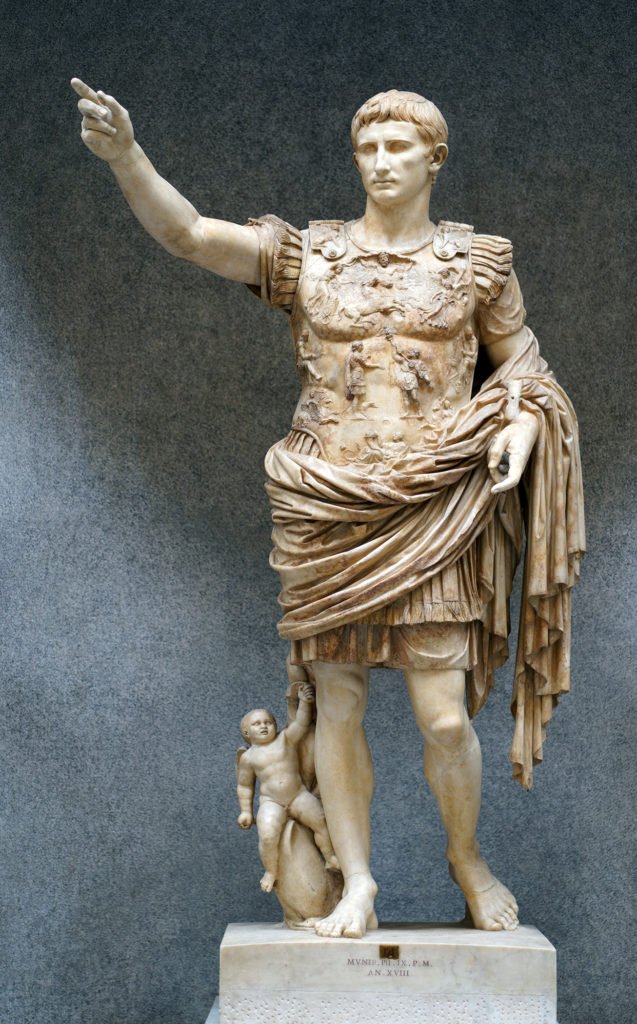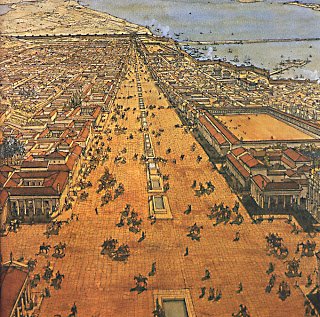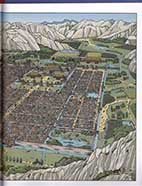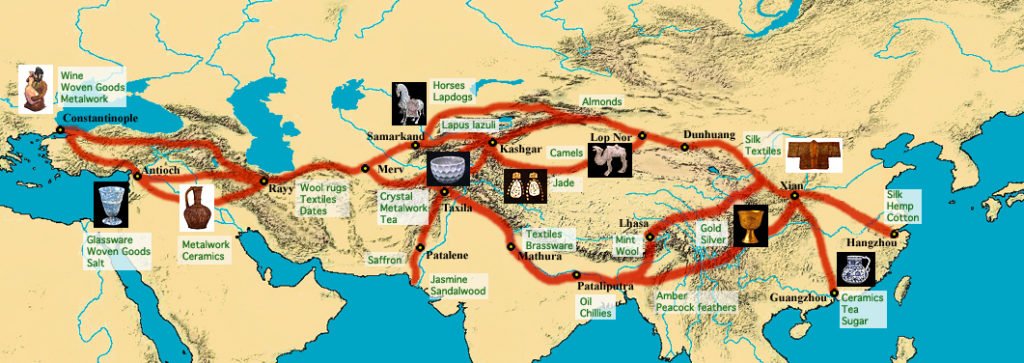AND MAN CREATED GOD
War is costly and results difficult to predict. Persuasion was better. What better way to subdue a large population, take their wealth than religion. Kings used religion to rule & religion used kings to gain followers

War is costly and results difficult to predict. Persuasion was better. What better way to subdue a large population, take their wealth than religion. Kings used religion to rule & religion used kings to gain followers

For long, man has looked up to the skies and prayed – sometimes to the stars, the sun or the moon. However, with the first appearance of slivers of intelligence in the neanderthal (pre history man), man created God – in his image.
Before the arrival of the first viral monotheistic religion worshiping “One True God (Christianity)” came to dominate the ancient world, the world was full of Gods AND Contradictions. The ancient world of men and gods was a strange place where men castrated themselves to be priests to goddess Atargatis – Goddess of fertility & virginity. Another “Son of God” was born in Greek city of Tyana in the time of the christian son of god. He was called Apollonius, and his incredible life can be mistaken for Jesus’s life.


Apollonius claimed to be the son of god, and a messiah. He turned oil into water, raised a girl from the dead and this Messiah even came back to life after his death….. (isn’t it strangely reminiscent of the Christian fables?). He, much like Jesus, even travelled to India (Bamyan region – where some say the famous buddha statues were carved in typical Greek poses and wearing Greek togas).
Kings and Queens used the myths of Gods to their advantage – for conquest, building empires and justifying horrendous crimes by claiming divine sanction. Augustus was the first true roman emperor who tried to get himself deified as a god. In what was the most fascinating regal makeovers from ruler to god, is the story of the stout, one eyed warrior queen Amanirenas of the Meroe empire in North East Africa. In China an administrator named Wang Mang wore platform shoes to increase his height over his fellow citizens. He used confucian omens to usurp the imperial throne.



Gods and goddesses were becoming bigger – smaller gods merged into bigger more powerful deities. All were tolerated – Temples of Jupiter existed along side shrines of Turkish goddess Cybele & the fire temples of Babylonian God Bal. This great churn of gods & divinity was powered by TRADE & CITIES. New cities were raised along the trade routes that ran through the 4 major empires – ROMAN, PARTHIAN (formerly Persian), INDIA (under Kushans) & CHINA. Along the trade routes, men travelled from one end of the world to the other, bringing their wares to trade and gods to worship. Thousands of migrants, traders and slaves moved to & from the great cities of the time – China’s 12 gated City of Chang’an through Magadh in India to Alexandria, the Roman empire’s greatest commercial city.



This was a period of relative peace, wars. Brutal wars happened but there were prolonged periods of peace and with peace, trade increased, cities flourished and people prospered. BUT all was not good – the relationship between the ruler and the ruled changed. It no longer followed the old principle of “exchanging one’s freedom for order and security”. Trade and Traders ensured peace and order. it was their men who kept order along the trade routes and in the cities. The Kings were no longer needed. This forced the rulers the find cause to justify their existence and insistence to rule over the people. How could a King demand loyalty if he could not secure it through military might?
The rulers knew that war was not cheap and it disrupted the flow of money into their kingdoms. Persuasion was better and cheaper. The rulers of the empires used religion to keep them in power and religion used the rulers to proselytize, gain followers & wealth.
Monotheism was more efficient & cost effective than Polytheistic Pagan religions. The priests needed just one god & the kings need to patronize just one type of god unlike the inefficient & costly polytheistic pagan religions. It was not divinity that helped spread religions like christianity but good old money…..and a lot of blood of those who opposed.
The Jesus cult was lucky to have the bandy-legged, touchy, obsessive, brilliant galvanizer, theologian and letter-writer Saul/Paul – the best creative thinker and marketer any religion has probably ever had. Paul’s remoulding of Jesus, whom he had never even met, transformed a minor Jewish cult into a religion fit for an empire. However the wandering philosopher and holy man Apollonius, on the other hand – a near contemporary of Jesus but in his lifetime much more famous – did not find in his biographer Philostratus as passionate and subtle a champion and theologian as Jesus would find in Paul.
DISCLAIMER: The author is solely responsible for the views expressed in this article. The author carries the responsibility for citing and/or licensing of images utilized within the text.
